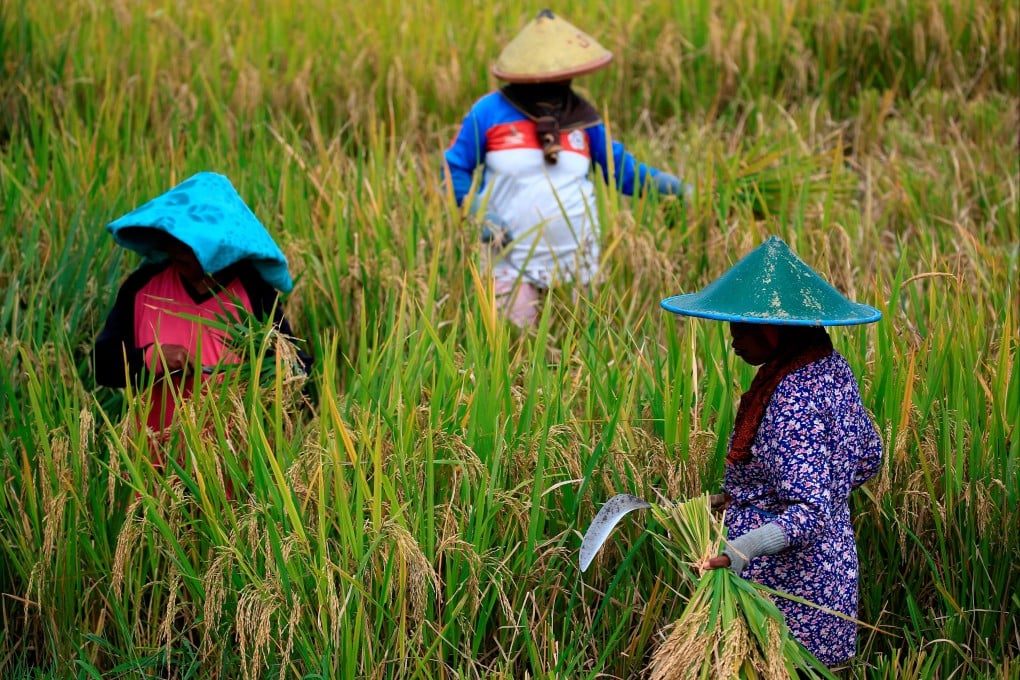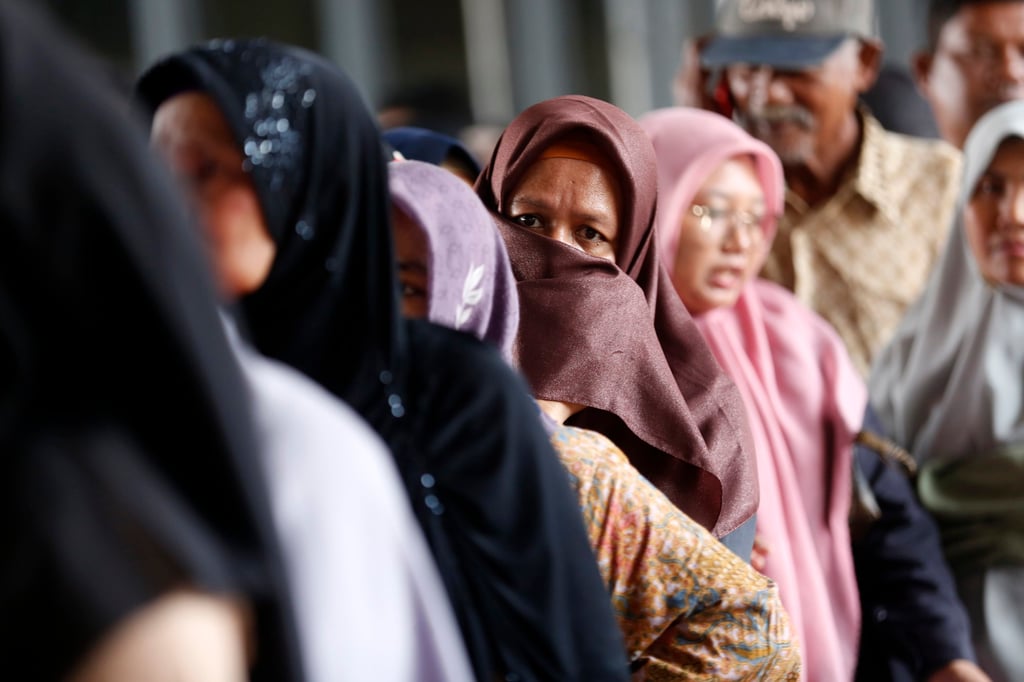In rice-hungry Indonesia, El Nino-fuelled price hikes spark fears of food insecurity and unrest
- Dry weather has led to a rice shortage, causing Indonesians to struggle to cope with ‘very expensive’ prices
- Experts say Indonesia should diversify its sources of carbohydrates to help people be more resilient to rice price fluctuations

It was still pitch-black outside when Indonesian housewife Sutinah made her way to a local police station early one morning last month, hoping to avoid queues and take advantage of a government scheme offering affordable rice.
Even though dry weather fuelled by El Nino has led to a rice shortage and sent prices to record highs, the 52-year-old from the East Java town of Pasuruan was still shocked to see hundreds of like-minded residents already waiting patiently in line.
“By the time we got here it was already busy, we still had to queue. We had no other choice because the price of rice in the market is very expensive,” said Sutinah, who like many Indonesians goes by one name.

The mother of two queued for two hours to buy two 5kg bags of rice for 102,000 rupiah (US$6.41) – a saving of about 50,000 rupiah compared to supermarket and market prices.
Indonesia was self-sufficient in rice in the 1980s before farmland was used to build housing for the booming population, which now stands at more than 270 million people.
Despite this, more than 90 per cent of Indonesian families still consume rice every day, providing more than half their daily calories.
The Southeast Asian nation’s per capita annual rice consumption stands at about 95kg (210lb) – much higher than the average yearly consumption of other carbohydrates like corn, sweet potato, potato and cassava, said Rajendra Aryal, the Food and Agriculture Organisation’s representative in Indonesia and East Timor.
